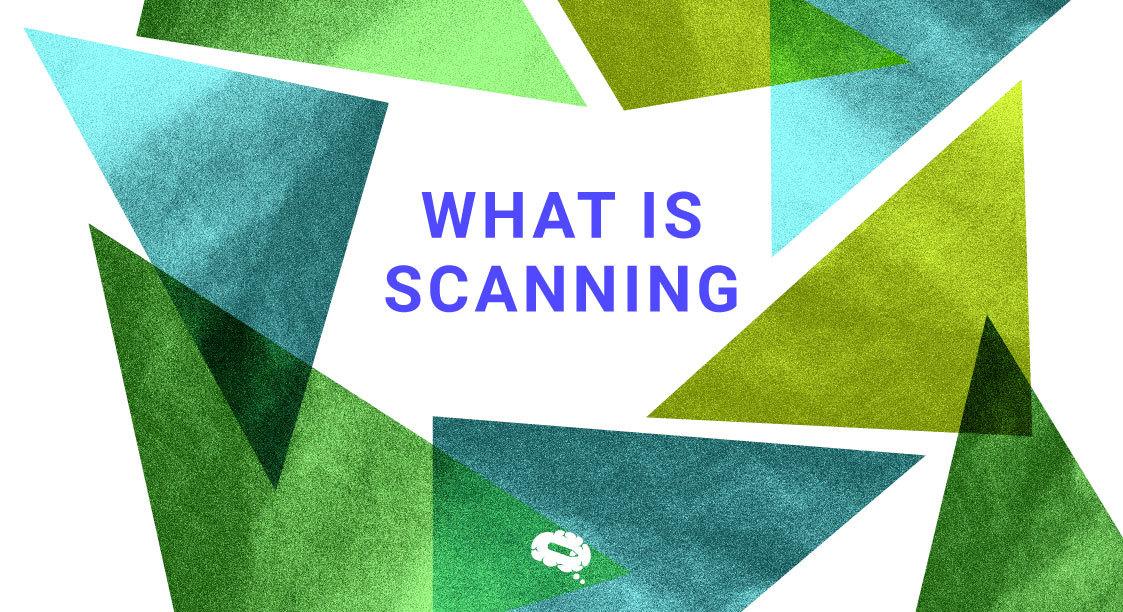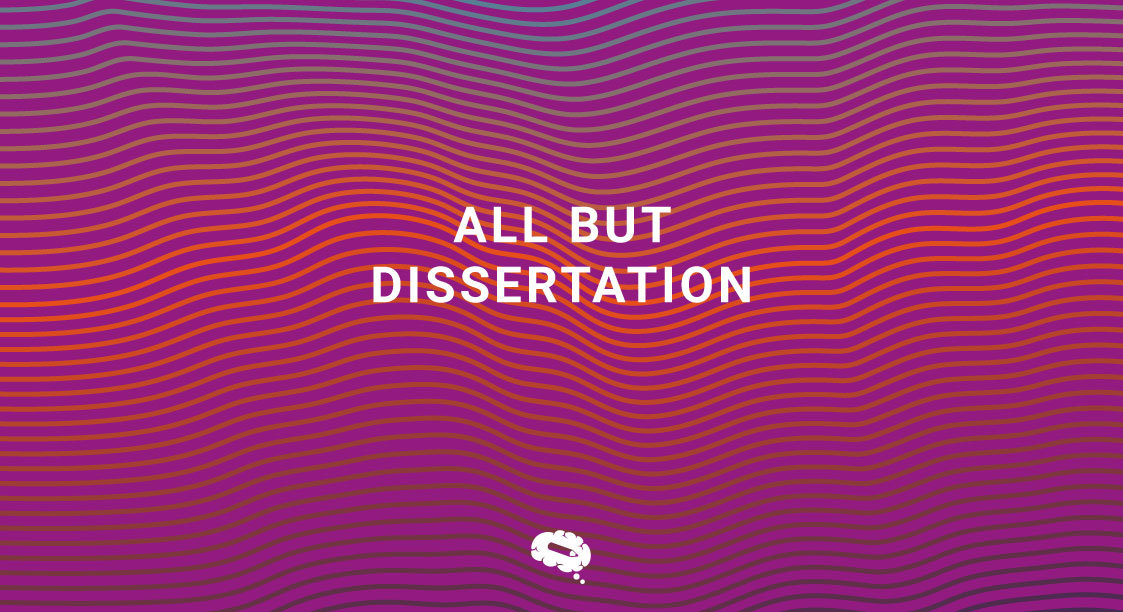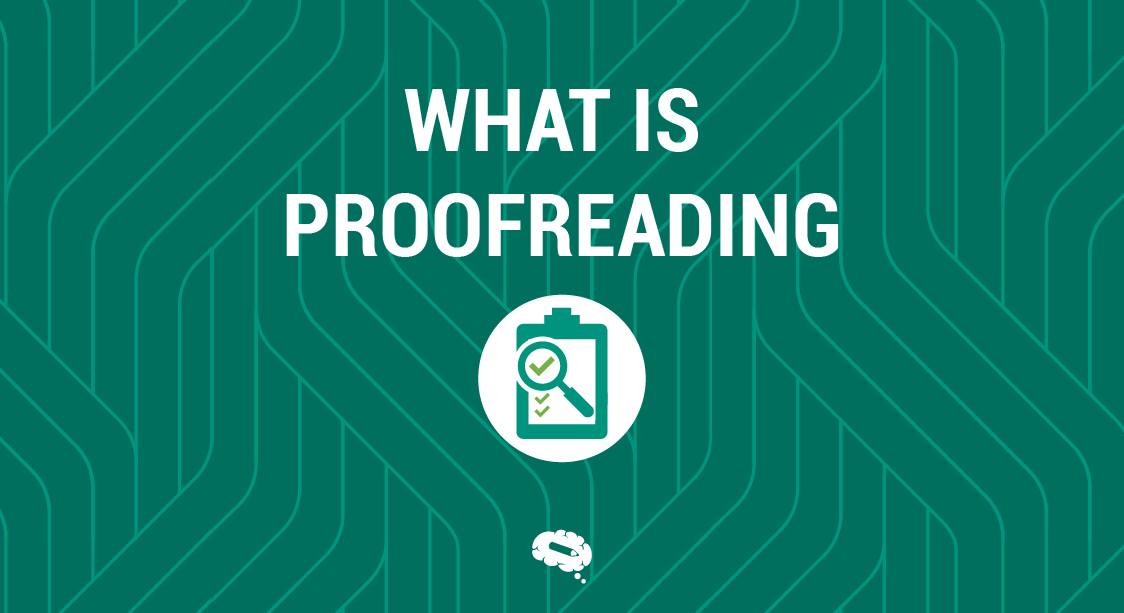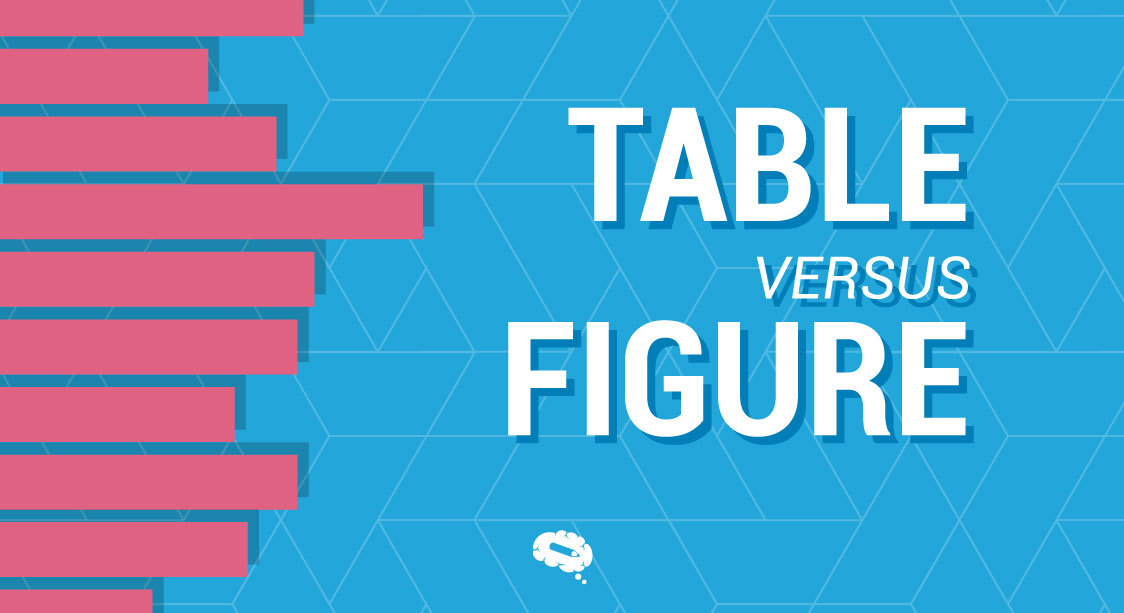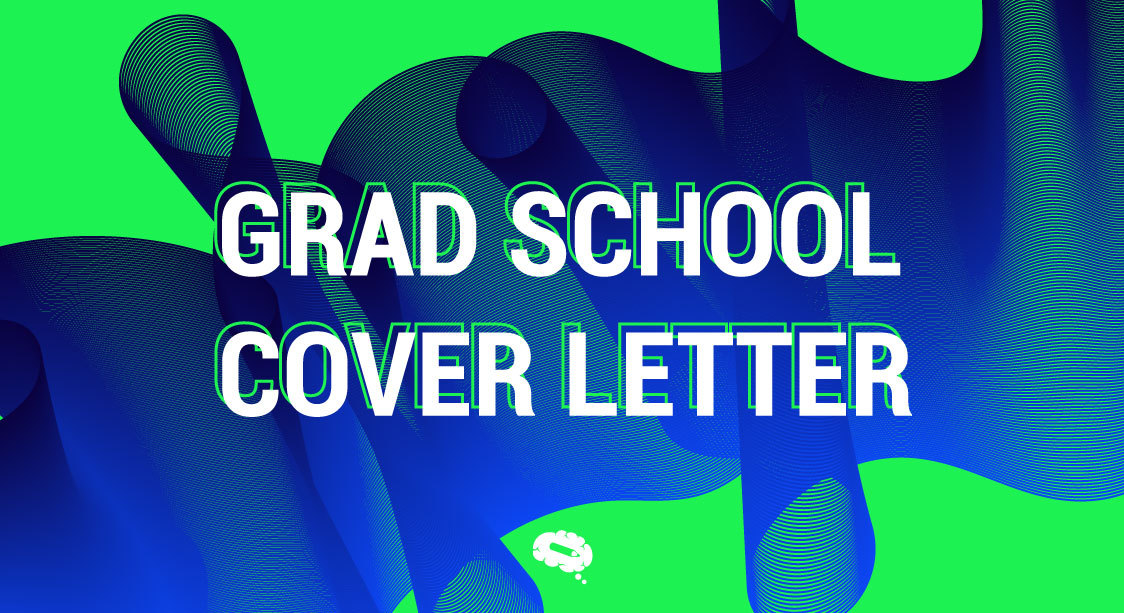Have you ever found yourself drowning in a sea of academic papers, desperately searching for a lifeline of relevant information? In the age of information overload, the art of scanning has become an indispensable skill for students and researchers alike.
How can you efficiently navigate the vast ocean of academic materials to find the treasures of knowledge you seek? This article explores the world of scanning in academics. So, let’s learn what is scanning, and unravel its purpose, techniques, benefits, and limitations.
What Is Scanning?
Scanning plays a crucial role in academics for a couple of key reasons. First, it enables students and researchers to navigate through a vast sea of information efficiently. In this digital age, we’re inundated with many academic texts, articles, and research papers. Scanning helps us to grasp this information quickly.
Importance And Purpose of Scanning
- Scanning allows us to quickly identify relevant sections and keywords, helping us save time and effort. This is particularly important when conducting research, as it allows scholars to sift through numerous sources to find the most pertinent ones for their work.
- Scanning helps with information triage. It assists in making informed decisions about which materials are worth deeper, more thorough reading. This is vital in a world where time is often limited, and students and researchers need to be selective about what they invest their attention in.
Scanning, therefore, serves as a valuable tool for efficient resource management and supports the overall academic process by facilitating the discovery and assessment of relevant information
Types Of Scanning
There are several different types of scanning techniques used in academics and various other fields. Here are a few common ones:
Skimming
Skimming involves quickly glancing over a text to get a broad understanding of its content. It’s often used to identify the main ideas, headings, and any highlighted or emphasized text. Skimming helps decide if a document is worth further examination.
Scanning for Keywords
This method involves looking specifically for keywords or phrases within a text. It’s handy when you’re searching for specific information or references within a document, such as when you’re conducting research.
Selective Reading
Selective reading is a more in-depth form of scanning. It involves reading only the sections that seem most relevant to your purpose, skipping over less relevant parts. This method is commonly used when time is limited, and you need to focus on specific content.
Finger Scanning
This involves physically running your finger or a pointer along the lines of text as you read. It can help maintain your focus and prevent distractions, especially when dealing with lengthy texts.
Pattern Scanning
Pattern scanning is a method of looking for specific visual or structural patterns in a text, like charts, tables, or diagrams. Researchers often use this technique to locate data or visual representations within documents.
Reverse Scanning
In reverse scanning, you start at the end of the text and work your way backward. This can be useful for identifying the conclusion or summary of a document without having to read it from start to finish.
These scanning techniques are valuable tools for academic research, helping scholars efficiently navigate through the vast amount of information available and locate the most relevant content for their studies.
Steps In Scanning Academic Materials
Scanning academic materials efficiently involves a systematic approach. Here are some steps and tips to help you do it effectively:
Set a clear goal
Before you start scanning, have a specific purpose in mind. Know what information you’re looking for, whether it’s keywords, data, or key concepts.
Preview the material
Begin by skimming the document to get a sense of its structure and main headings. This will help you orient yourself and understand the organization of the content.
Identify keywords
After your initial preview, go back and identify the keywords or phrases related to your research or purpose. These are the terms you’ll be scanning for.
Use headings and subheadings
Headings and subheadings can be your guideposts. They often contain key information, so pay attention to them as you scan.
Focus on the first and last sentences of paragraphs
The first and last sentences usually contain the main idea or summary of a paragraph. Scanning these can provide a quick understanding of the content.
Look for visuals
Visual elements like charts, tables, and graphs often convey important data or concepts. Don’t overlook them during scanning.
Also read: Graphics for Science: How to Use Visual Communication in Science?
Be selective
Don’t feel compelled to read everything. Be selective in what you choose to scan. Skip over sections that seem irrelevant to your goal.
Use your finger or a pointer
Physically guide your eye as you scan. This can help you maintain focus and prevent distractions.
Take notes
As you find relevant information, jot down notes or highlight key points. This will make it easier to return to the material later.
Stay organized
Keep track of what you’ve scanned and the sources you’ve consulted. This can save you time when you need to refer back to the materials.
Practice
Scanning efficiently is a skill that improves with practice. The more you practice, the better you’ll become at identifying the most relevant information quickly.
Benefits And Limitations Of Scanning In Academics
Scanning in academics provides several notable advantages. One of the most significant benefits is its time efficiency. In an academic environment flooded with an abundance of texts and research materials, the ability to quickly shift through documents to assess their relevance is invaluable. This time-saving approach allows students and researchers to manage their limited time and resources more effectively.
Despite its benefits, scanning in academics does have some limitations that must be considered. One significant drawback is the potential for a superficial understanding of the material.
Scanning often involves glancing at the surface of the text, which may lead to missed nuances and details that are only apparent in a more comprehensive reading. This can be a particular concern when dealing with complex or highly specialized academic content.
Another limitation is the risk of context loss. Scanning isolated sections of a text can result in a lack of context, making it challenging to interpret the information accurately. The meaning and relevance of the content may not be as clear without the surrounding context, potentially leading to misinterpretation.
In conclusion, scanning in academics is a powerful and essential technique for students and researchers alike. It serves as a valuable compass in the vast sea of academic materials, helping us efficiently navigate and locate the information we need. With its time-saving capabilities and ability to pinpoint specific details, scanning is a practical tool for managing the overwhelming abundance of resources available in the academic world.
Online Infographic Maker For Science
Have you ever wondered how researchers and scientists place appropriate images in their academic papers, posters and research work? Did you know it’s not always the scientist who creates these images? They use readily available images online. But how to find accurate images?
Worry not. While there are several websites and tools where you can find images, Mind the Graph is an online infographic maker for science that amplifies your scientific papers with accurate images. Sign up now to explore more.

Subscribe to our newsletter
Exclusive high quality content about effective visual
communication in science.

